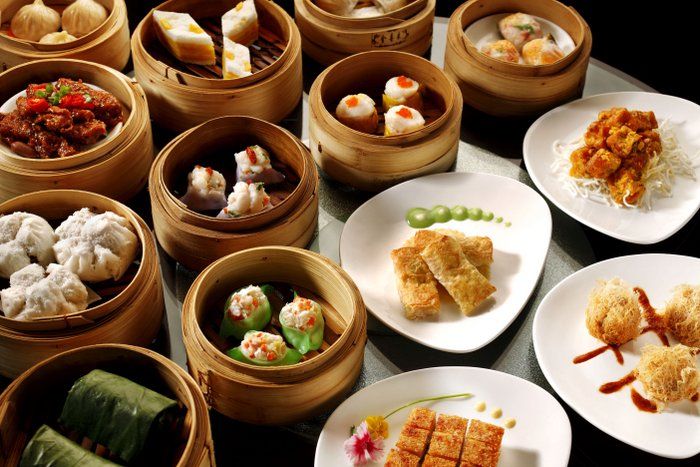
The Irresistible World of Hong Kong Dim Sum: A Culinary Tradition Steeped in Flavor and Culture
LoveFoodReadyMeals – When one thinks of Hong Kong dim sum, dim sum immediately comes to mind. It’s more than just food it’s a social ritual, a Sunday family affair, and an expression of culinary artistry passed down through generations. Originating from Cantonese tea culture, dim sum literally means “touch the heart,” and that’s exactly what it does with every delicate bite.
The Art and Precision of Dim Sum Preparation
Preparing authentic dim sum is no simple feat. Each piece whether it’s har gow (shrimp dumpling) or siu mai (pork and shrimp dumpling) requires impeccable technique, precise timing, and years of practice. The translucent skin of har gow must be thin enough to show the filling, yet strong enough not to tear. It’s a dance of balance, craftsmanship, and intuition that only seasoned chefs can master.
“Read More : Fluffy Matcha Roll Cake Recipe, A Delightful Blend of Sweetness and Serenity”
Why Hong Kong is the Dim Sum Capital
While dim sum is found across China and Chinatowns worldwide, Hong Kong elevates it to another level. The city is home to Michelin-starred dim sum restaurants, legendary tea houses, and even budget-friendly spots that serve world-class dumplings. The competition is fierce, pushing chefs to innovate while preserving tradition. From bamboo steamers to silver trolleys, dining in Hong Kong offers the most authentic and exhilarating dim sum experience.
More Than Dumplings: The Diversity of the Menu
What makes dim sum fascinating is its sheer variety. A typical meal includes not just dumplings, but also buns, rolls, congees, fried snacks, and desserts. Think char siu bao (BBQ pork bun), cheung fun (rice noodle rolls), lo mai gai (sticky rice in lotus leaf), and egg tarts. There’s a flavor and texture for everyone from crispy to silky, sweet to savory.
“Read More : Brioche Nanterre Recipe, The Iconic French Buttery Bread”
Dim Sum and the Culture of Yum Cha
Dim sum isn’t eaten in isolation it’s part of “yum cha,” which means “drink tea.” Traditionally, friends and families gather at tea houses, sip fragrant teas like pu’er or jasmine, and share a table full of bite-sized delights. This communal style of eating fosters connection, storytelling, and a sense of belonging. It’s as much about bonding as it is about food.
Modern Interpretations and Global Appeal
While Hong Kong remains the heartland of dim sum, the tradition has traveled far. Chefs in London, New York, Sydney, and Tokyo are reimagining dim sum with modern twists using truffle, wagyu beef, or plant-based ingredients. Though purists may raise an eyebrow, these creative interpretations highlight the global appeal and adaptability of this age-old cuisine.